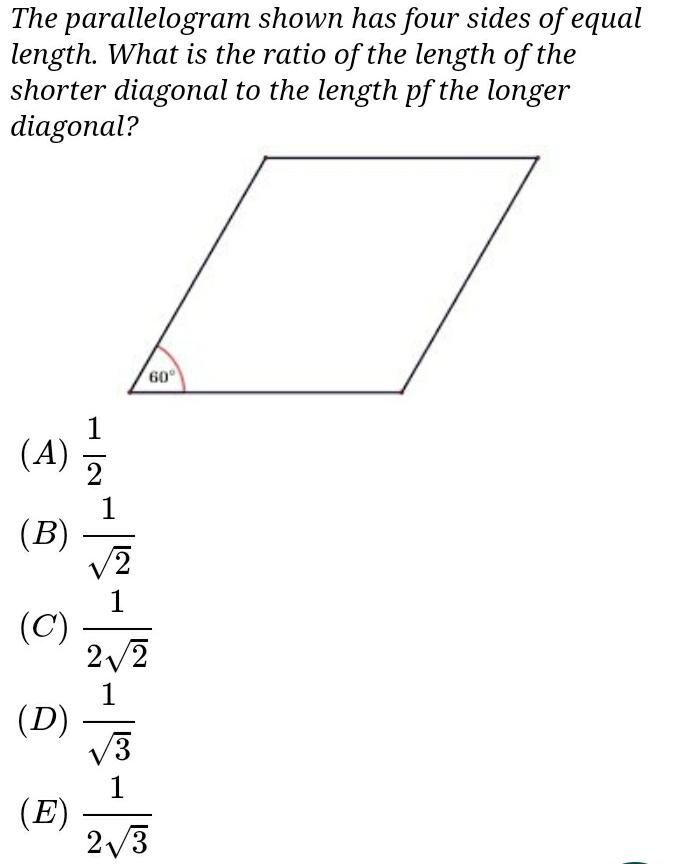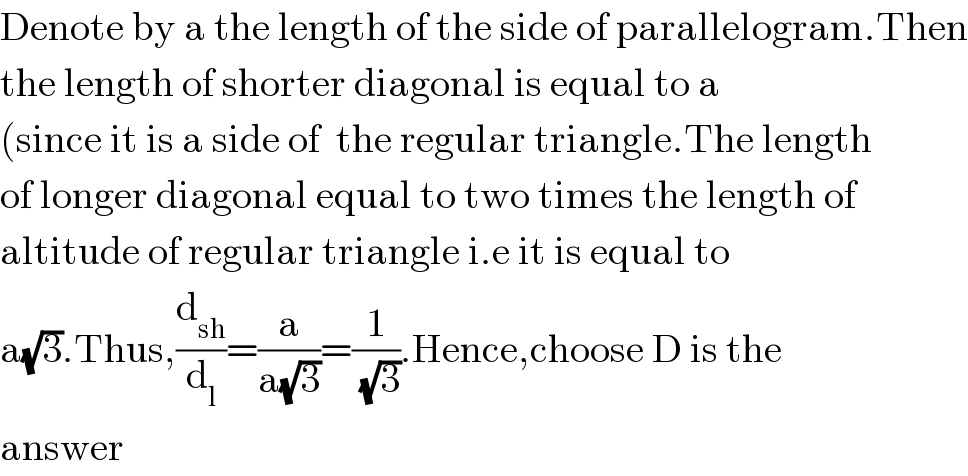
Question and Answers Forum
Question Number 96936 by joki last updated on 05/Jun/20

Commented by PRITHWISH SEN 2 last updated on 05/Jun/20

Answered by 1549442205 last updated on 05/Jun/20

Answered by bobhans last updated on 06/Jun/20

| ||
Question and Answers Forum | ||
Question Number 96936 by joki last updated on 05/Jun/20 | ||
 | ||
Commented by PRITHWISH SEN 2 last updated on 05/Jun/20 | ||
 | ||
Answered by 1549442205 last updated on 05/Jun/20 | ||
 | ||
| ||
Answered by bobhans last updated on 06/Jun/20 | ||
 | ||
| ||